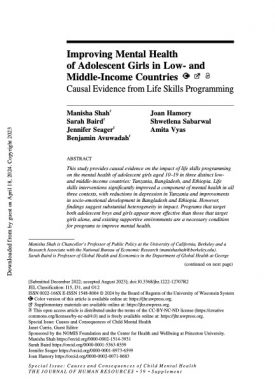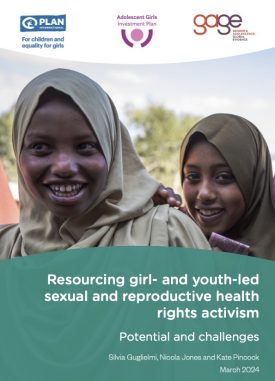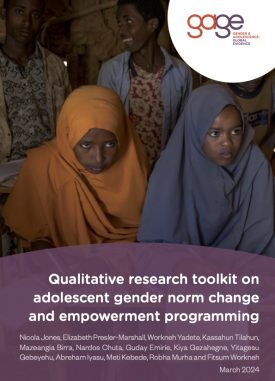Over 1.39 million people were displaced in Ethiopia in 2018 – more than anywhere else globally during the same period. Many were displaced along the Oromia and Somali regional border, where tensions over the allocation of pasture and water resources are thought to have contributed to a sudden escalation of ethnic violence in late 2017 and over the first half of 2018. Since the violence began, however, there has been major political transformation in the country, spearheaded by new Prime Minister Abiy Ahmed. A new regional president has been appointed in Somali region, and a Ministry of Peace has been established in part to raise the visibility of the problems facing internally displaced people (IDPs), including the need for humanitarian assistance and the heightened risk of sexual and gender-based violence.
This article draws on findings from Gender and Adolescence: Global Evidence (GAGE) longitudinal research study in Ethiopia to explore the gender- and age-specific vulnerabilities adolescents affected by internal displacement experience, and to identify entry-points for strengthening programming, monitoring and evaluation. The research draws on qualitative research with young people and their families displaced from Somali region in the last quarter of 2017, and now living in East Hararghe Zone in Oromia region.
Suggested citation
Jones, N., Yadete, W. and Pincock, K. (2019) ‘Raising the visibility of IDPs: a case study of gender- and age-specific vulnerabilities among Ethiopian IDP adolescents, Humanitarian Practice Network.’ London: Overseas Development Institute. (https://www.gage.odi.org/publication/raising-the-visibility-of-idps-a-case-study-of-gender-and-age-specific-vulnerabilities-among-ethiopian-idp-adolescents/)


